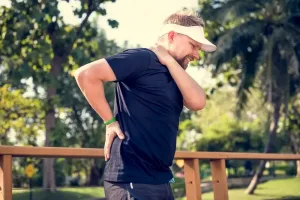As we age or get injured in an accident, it gets harder to do the things that were a breeze in the past. Back pain can be especially troublesome, making everyday tasks more difficult and restful sleep hard to come by. We work to empower our patients with ways they can manage their pain at home, and a regular exercise routine can be a big help to lessen or eliminate pain.
We’ve listed five simple back pain relief exercises to consider adding to your schedule — exercises to relieve back pain, increase your mobility, and reclaim your quality of life. Be sure to check with your doctor before beginning any new exercise. If you have persistent back pain or have been in a car or work accident, read on for helpful recommendations.
Five Exercises for Back Pain
Glute Bridges
An ounce of prevention is worth a pound of cure, and that’s why adding glute bridges to your workout routine should be a top priority. This great exercise helps to strengthen your back muscles, making you less prone to injury and giving you better support for your entire body.
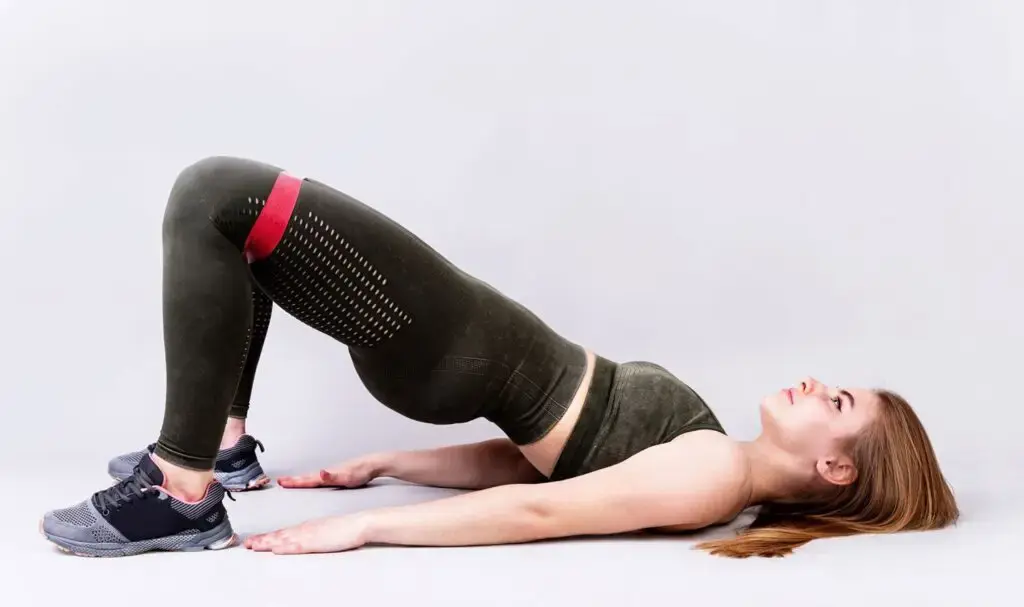
This exercise is also helpful because it’s easy to scale up or down the difficulty depending on your flexibility or fitness level. Once you feel that the exercise is too easy, you can mix up your routine with more difficult variations.
Start by lying flat on your back on the floor. Your arms should be at your sides, your knees bent, and your feet flat on the ground. Slowly raise your hips upward, making sure to push upward with your glutes by contracting them, and hold that position. As you progress, you can hold the position for longer, add reps, or even progress to a more difficult variation of the exercise. While this is an excellent exercise for back strength, be cautious if you already have a back injury, and make sure to stop if you notice increased pain. Muscle soreness the day after a workout is a normal part of exercise, but intense pain is not.
Superman (or Superwoman)
This exercise helps strengthen your back extensor muscles, which are important for maintaining good posture and giving you adequate support in the spinal and pelvic regions. Plus, as long as you can get down on the floor, a Superman is a little less strenuous than the glute bridge, giving you a good way to build your way up to more difficult exercises.

Start by laying flat on your stomach with your arms and legs stretched straight outward. Next, raise your arms and your legs, keeping them around six inches above the ground. At the same time, contract your glutes and lower back muscles, using them to lift your chest off the floor. Hold that position, and then repeat for your desired number of reps. Once you’ve mastered the Superman, you can increase your workout’s difficulty by adding hand weights if you’re up for it.
Wall Sits
Need an exercise where you don’t have to get on the ground? Then you might want to give wall sits a try. These can be useful for those who need to stretch and exercise their back muscles but are afraid they can’t do glute bridges or supermans. Start with your back to the wall, with a gap of around 10 inches or so. Lean back, pushing your spine flat against the wall, and then gently slide down, bending your knees until you’re in a mock sitting position.
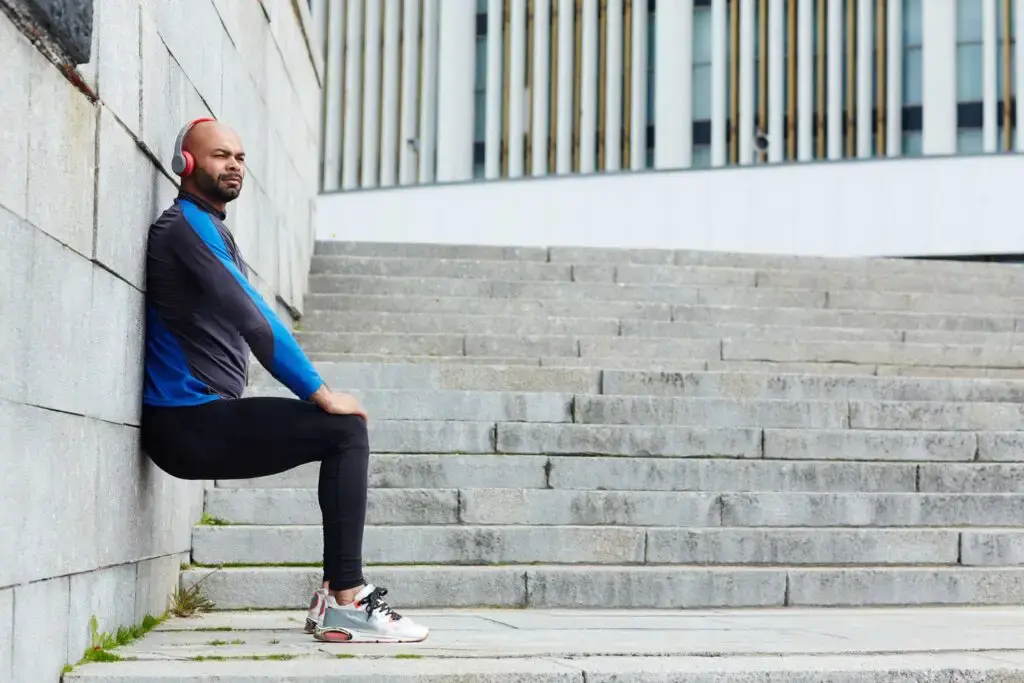
Pressing your lower back into the wall, hold this position for a count of 10 or so, and then repeat for as many reps as you wish. This is generally a good exercise for older people who may have limited mobility.
Bird Dogs
The bird dog is an excellent exercise for beginners and for those who are recovering from a back injury. The “hands and knees” position tends to be a little easier to get in and out of for most people, and it works the little-used muscles in your lower back, strengthening them.
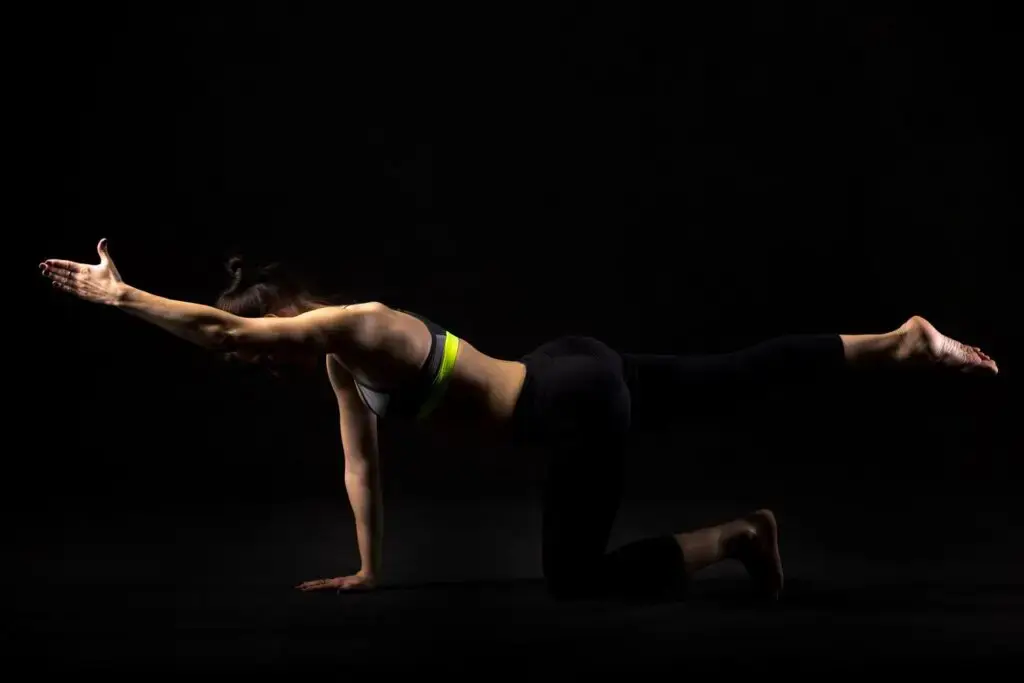
Start on your hands and knees, and while tensing your stomach muscles, extend your left arm outward in a pointing motion. At the same time, extend your right leg outward behind you.
Try to keep your “point” straight, hold that position for a few seconds, and then swap to the other arm and leg. Repeat this exercise for your desired number of reps. Be aware that if your abdominal and lower back muscles are weak, you might have trouble keeping your balance at first.
Squats
The squat is an exercise that can really benefit your lower back. In fact, in many cases, you’ll start to see the benefits of squats immediately as they help to stretch out your lower back muscles and ease the pain caused by a sedentary lifestyle. Squats also help to strengthen your hips and thighs, taking some of the workload off of your back. If done correctly, the squat can also help with joint pain, strengthening the surrounding muscles.
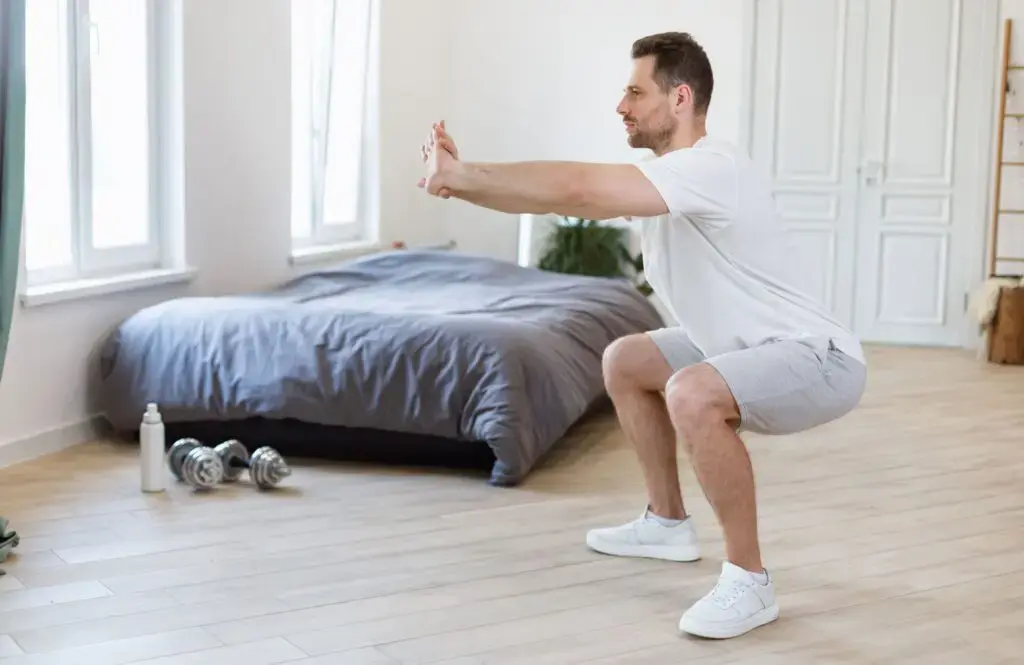
To get started, stand with your feet shoulder-length apart. It would help if you draw your stomach in, and your knees should be slightly bent. Slowly squat downward, focusing your attention on the thighs and making sure that your knees do not go over your toes. It’s also important to note that you don’t have to squat all the way to the floor to benefit from squats. A more modest squat will still be worthwhile. So, don’t be afraid to take it slow. If your balance is not great and you’re afraid of falling, then you can also try squatting against the wall or even squatting over a low chair for reassurance. This will allow you to focus on having the proper form to avoid injury rather than worrying about toppling over.
Excelsia Injury Care Has the Tools to Help You Feel Better!
Doing these sorts of exercises is just one of many ways you can be directly involved in healing from your pain. Our pain management physicians are here to help guide you. Here at Excelsia Injury Care, we use state-of-the-art treatments and have a team dedicated solely to caring for painful conditions, including injuries from auto and workplace accidents. Give us a call today to discuss your journey to recovery.


